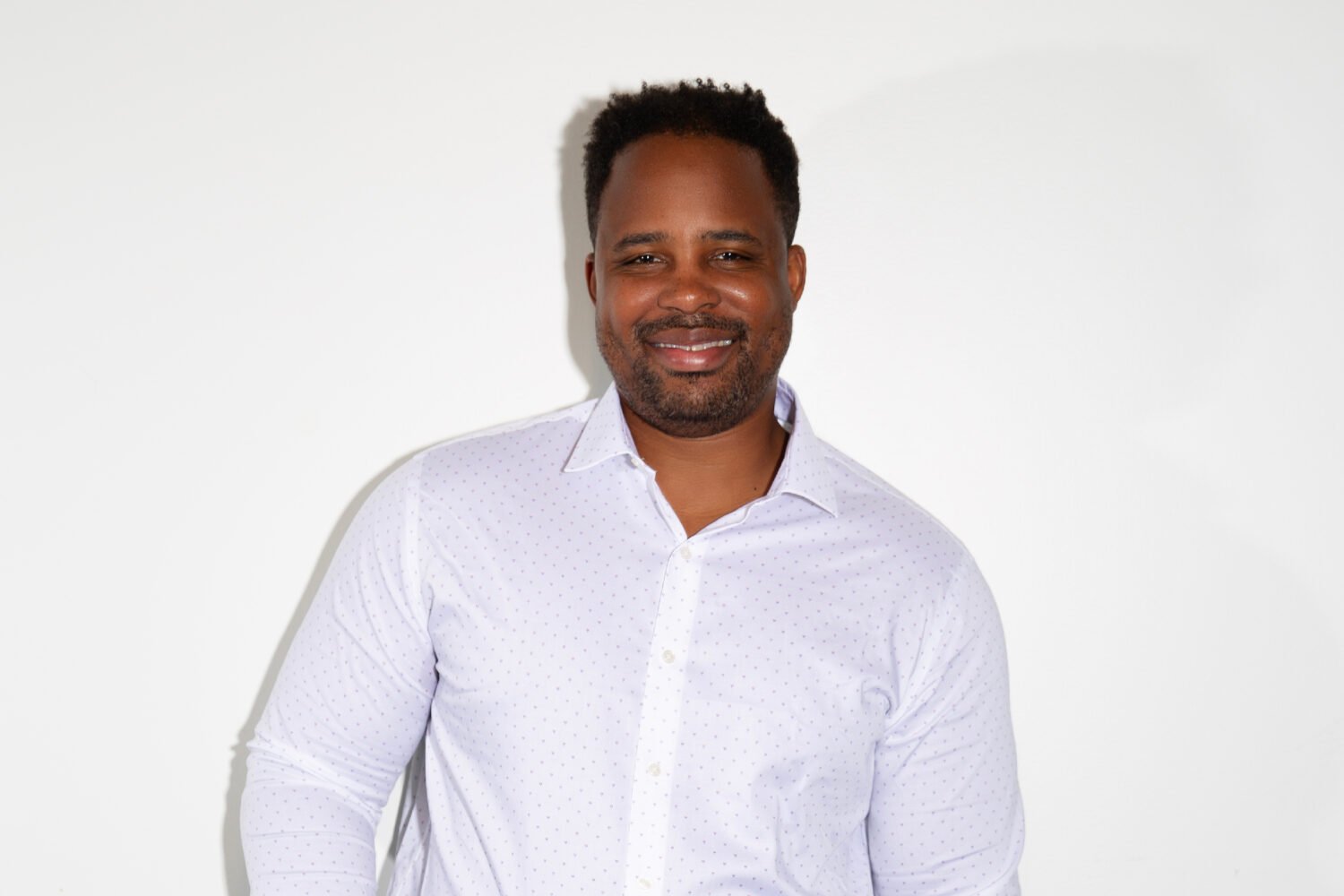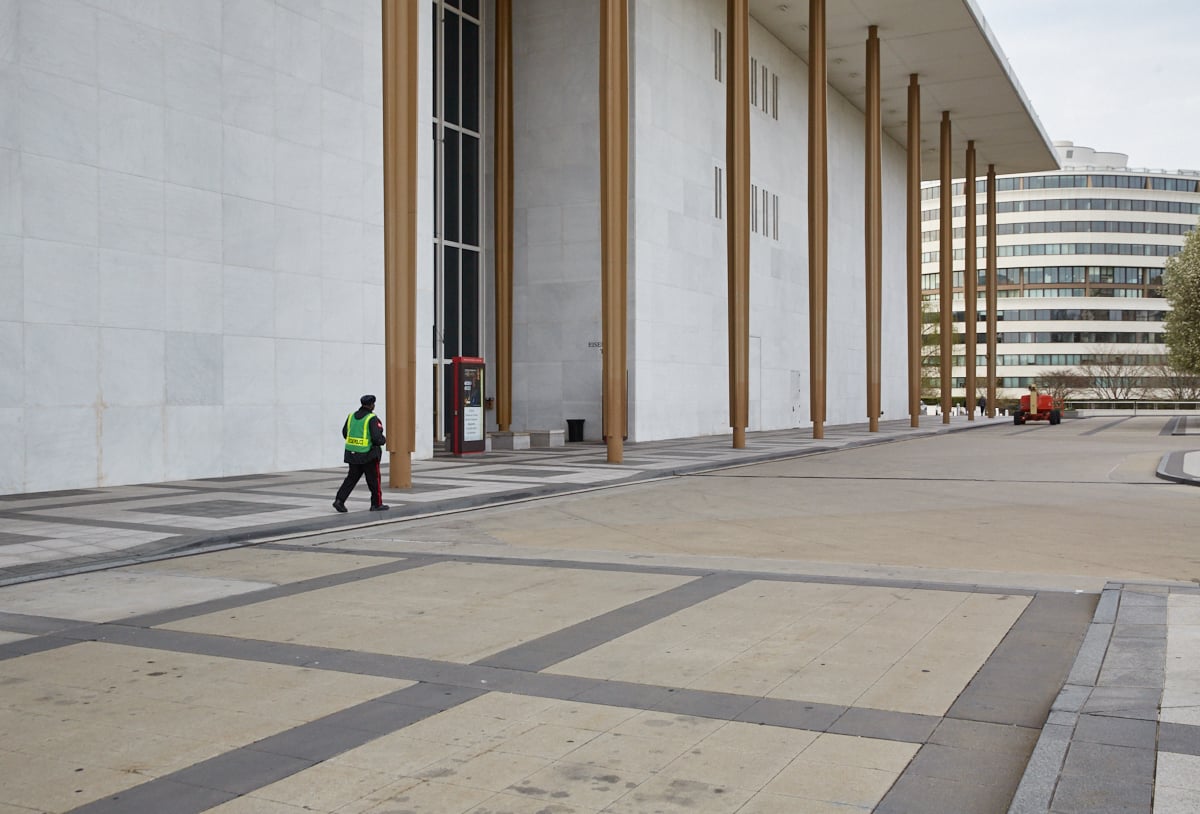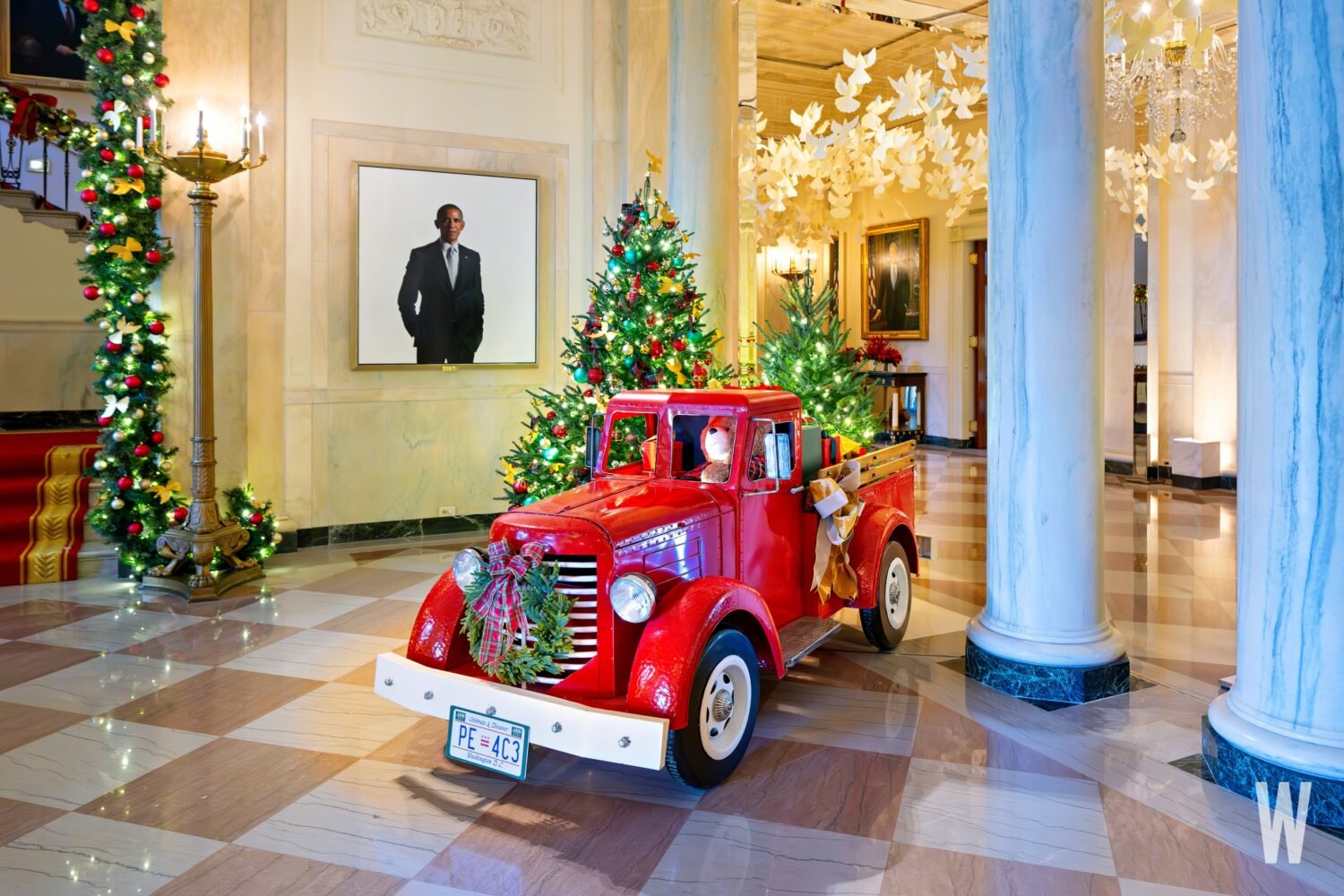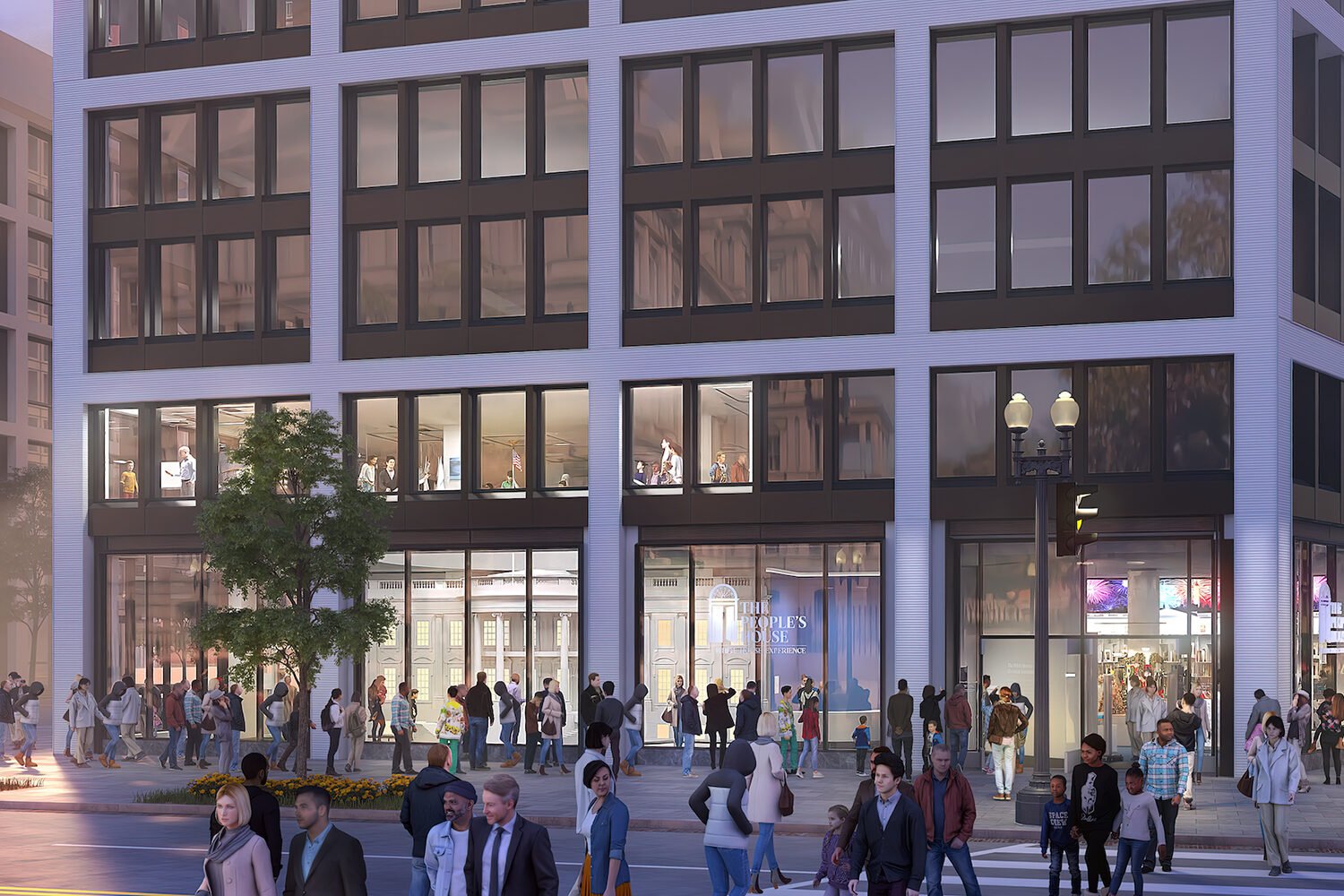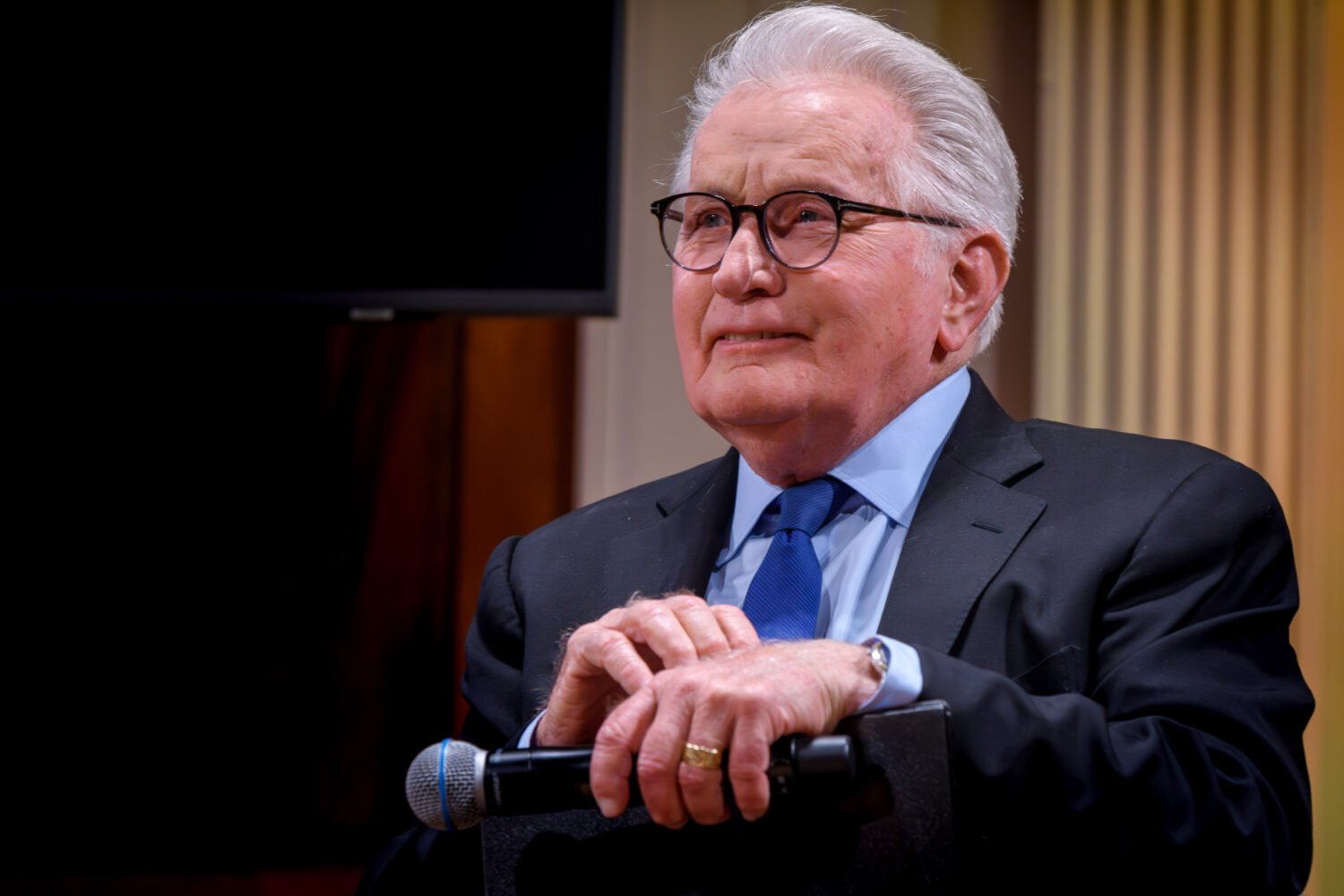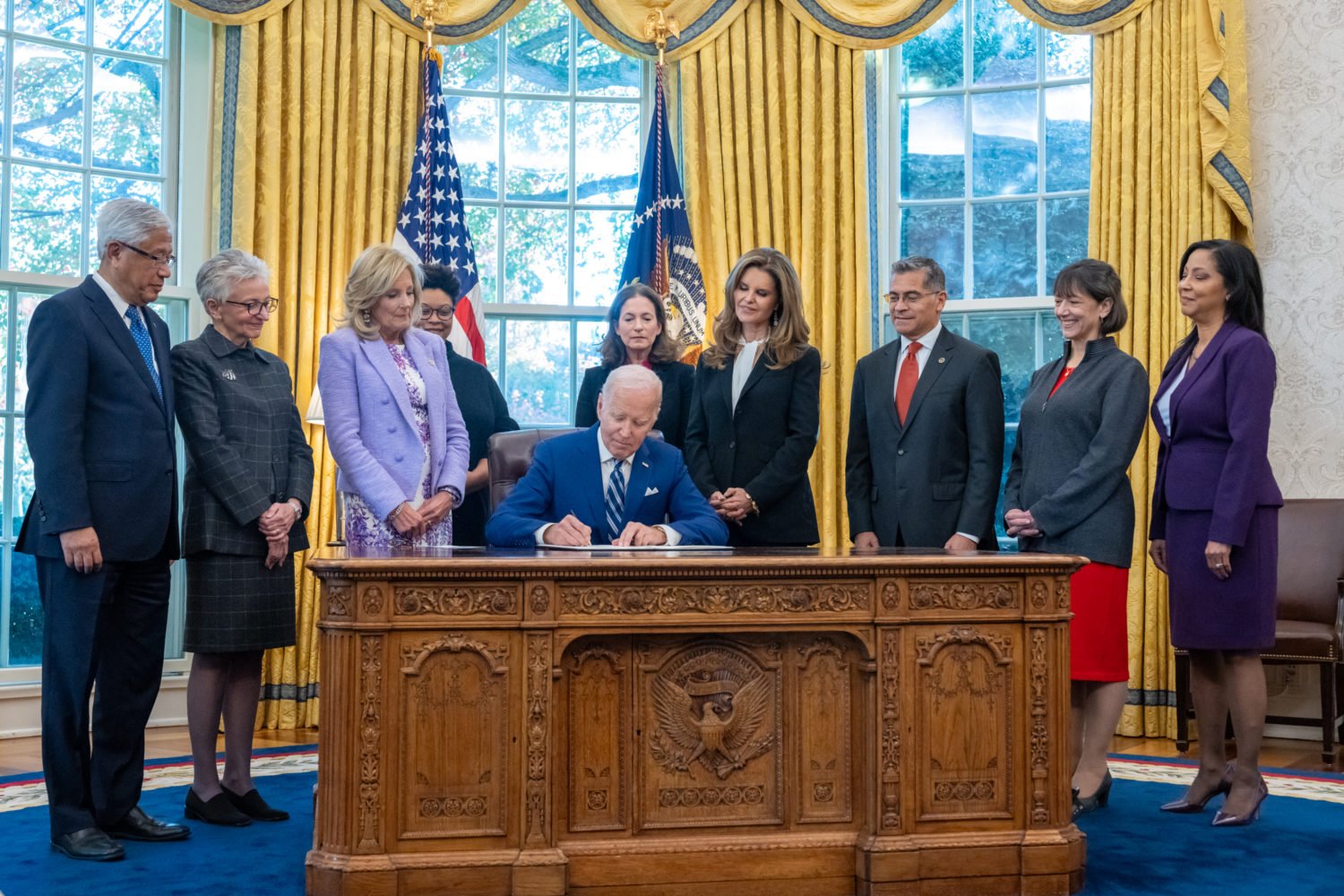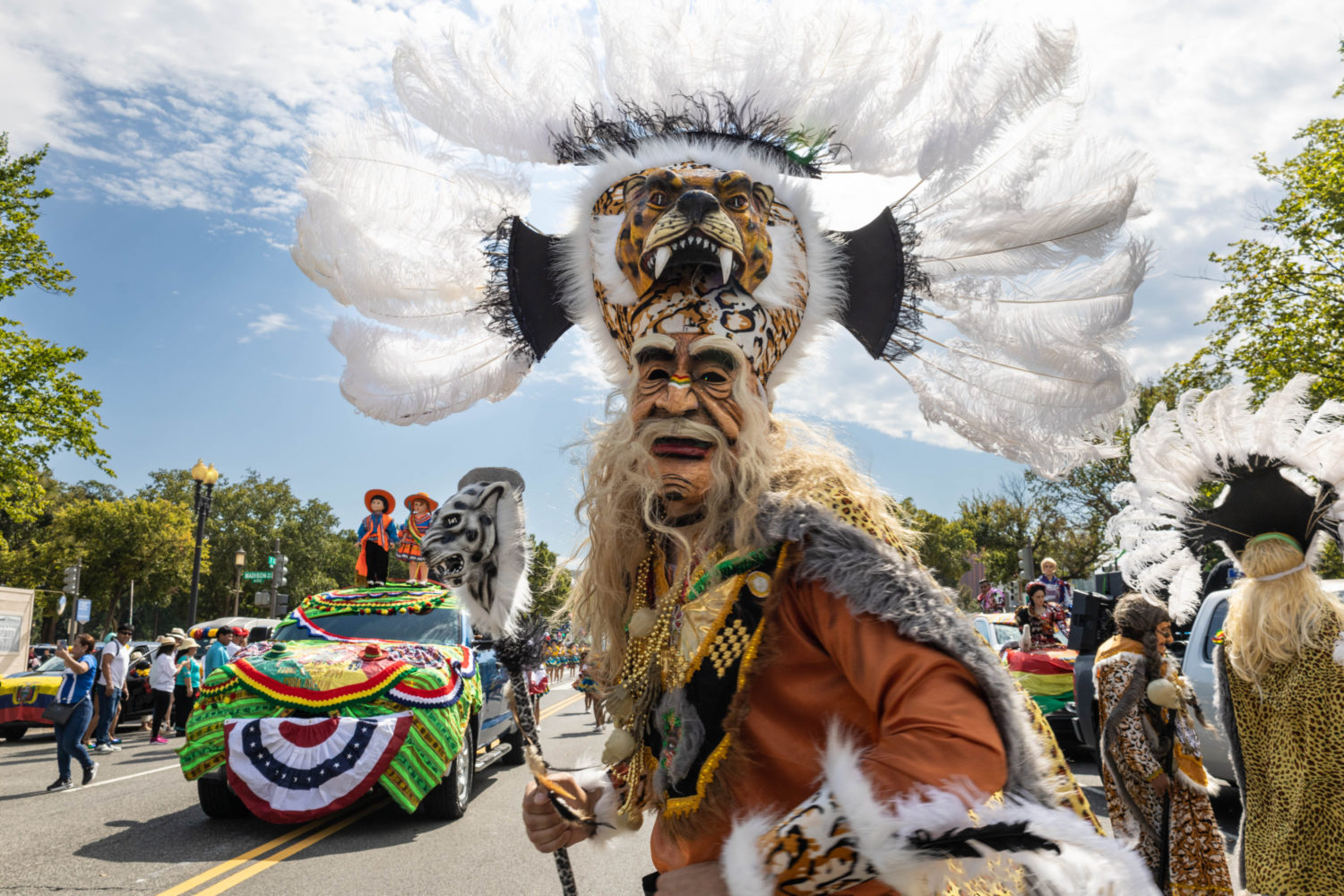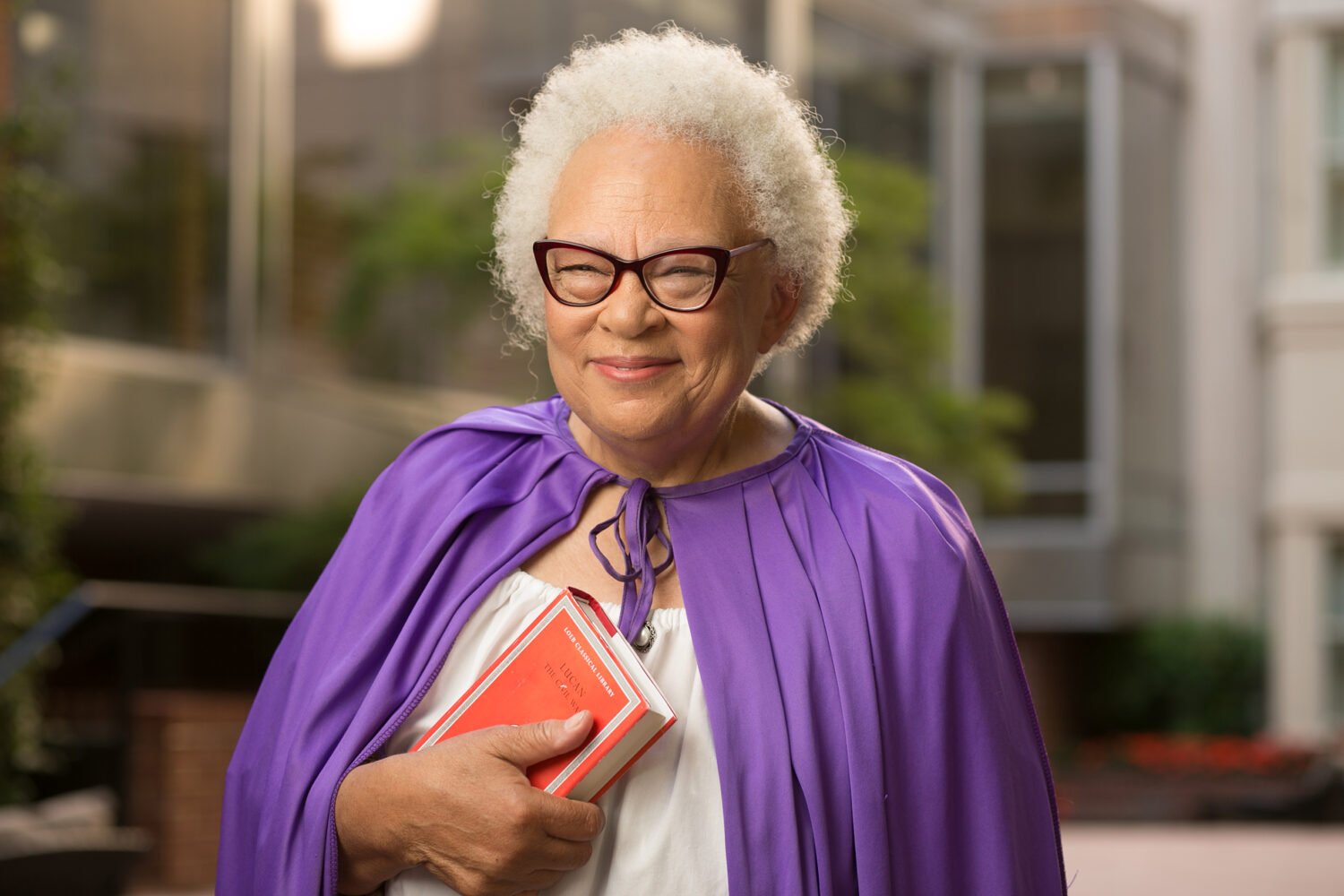George Allen didn’t set out to end his political career two years ago today. During a speech to a small crowd near the Kentucky border in the midst of his Senate reelection campaign on August 11, 2006, he uttered what is probably the most famous slur in modern politics; the “macaca” moment was captured on videotape by a tracker from his opponent’s campaign. The rest, they say, is history. Allen, who was at the time the leading contender for the Republican presidential nomination in 2008, lost his Senate bid and his hopes to lead the party to the White House.
How would our political landscape be different today if George Allen had never said “macaca?”
Given the huge influence that online video had, just months after YouTube became popular, it seems fitting to commemorate it today with a round-up of a dozen similar videos that have influenced this presidential election. This is, as I argued earlier this year in my book, The First Campaign, the first presidential campaign of the information age. George Allen was the first victim.
Ever since that fateful “gotcha” moment two years ago, a multifaceted war for eyeballs and votes has played out on YouTube. Just this past week, Paris Hilton entered the online political debate and a compendium of John McCain’s flubs ricocheted around progressive blogs.
Here are my picks for 2008’s dozen most important, influential, or groundbreaking online videos:
1) “Yes We Can”: will.i.am’s video, part political rally, part music video, part spoken-word performance, helped define the Democratic presidential race in the weeks after Iowa and New Hampshire and provided a rallying call for Obama supporters online.
2) “Macaca”: Most of America was unfamiliar with the obscure slur that George Allen applied to his opponent Jim Webb’s tracker before the video hit YouTube. The irony of the moment, of course, is that George Allen might have won reelection if he had spent the entire campaign lying on a beach in the Bahamas. He has nothing to blame for his loss but his own words. The video also proved an important lesson for politicians: Always imagine that you’re on tape because you probably are.
3) “Vote Different”: This video, an anti-Hillary riff on Apple’s legendary 1984 computer ad, heralded the arrival of a new form of political advertising—voter-generated content. You’ll notice throughout this list there are very few videos produced by professional campaign media consultants—that’s because they’ve struggled to adapt to the new playing field where anyone’s video, for better or worse, can go viral.
4) “Obama’s Race Speech”: The most-watched video on Barack Obama’s official campaign YouTube channel, the 37-minute Philadelphia race speech proved a huge online hit. YouTube has helped break down the tyranny of the television sound bite—now voters, if they want, can watch an entire speech start to finish at their leisure.
5) “Kotecki and Ron Paul”: One of the true stars of YouTube politics is the former Georgetown student James Kotecki, aka YouTube’s emergencycheese, now a video star at Politico. He started doing online videos from his dorm room and even convinced two presidential candidates to visit him there and got others to chat with him remotely. Kotecki joked that Ron Paul was probably the first presidential candidate to do an interview in a dorm room—and he’s probably right.
6) “Chuck and Mike”: One of the few ads made by professionals to go viral in this campaign starred Governor Mike Huckabee and actor Chuck Norris. The humor and the subject matter were almost guaranteed to be a success.
7) “Obama Girl”: If one were to generate a political video that was the antithesis of thoughtful policy debate, it would have to be the Obama girl series. But credit must be given: She’s still a presence at tech and political events around the country and the videos spawned an entire mini-genre of Giuliani girls and the like.
8) “Gravel and the Rock”: The most postmodern YouTube video of the cycle has to be former Senator Mike Gravel’s excruciatingly long but nonetheless amusing and captivating video, which he made after being silenced in a presidential debate.
9) “I Feel Pretty”: Where the outtakes for this devastating John Edwards video came from is anyone’s guess, but the video underscored the sense that John Edwards was a playboy candidate.
10) “Snowman”: The question from an animated snowman at last summer’s Democratic presidential YouTube debate came to symbolize the revolution of ordinary people speaking directly to their candidates – and it jump-started discussion and derision among the Republican candidates about doing their own debate. Can we really take our politicians seriously, they asked, if they have to answer to a snowman?
11) “Sopranos”: Throughout her campaign, Hillary Clinton struggled to connect with online voters. Although she announced her candidacy online and held a series of “conversations” online, she never really was able to break through and convince people she was sincere about wanting feedback and two-way conversations. That’s why her spoof of the Sopranos ending created such a stir—it was smart, funny, and topical (and produced by professionals).
12) “Bomb Bomb Bomb Iran”: John McCain learned the lessons of the “Miranda era” of presidential politics the hard way —anything you say can and will be used against you. The graininess of the video of him joking about bombing Iran didn’t diminish its impact.
Editor-at-Large Garrett M. Graff, the author of The First Campaign: Globalization, the Web, and the Race for the White House, writes about the intersection of politics and technology. Check out his previous columns "House GOP “Tweets”: A New Story on Energy, Democracy" and "McCain and the Internet: Why it Matters."
More>> Capital Comment Blog | News & Politics | Society Photos


